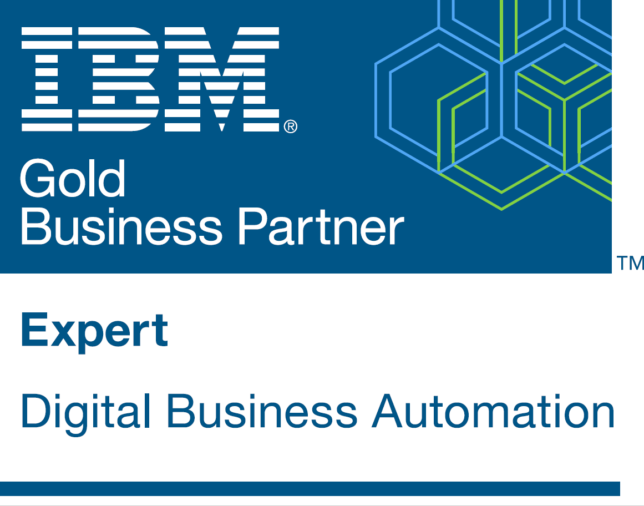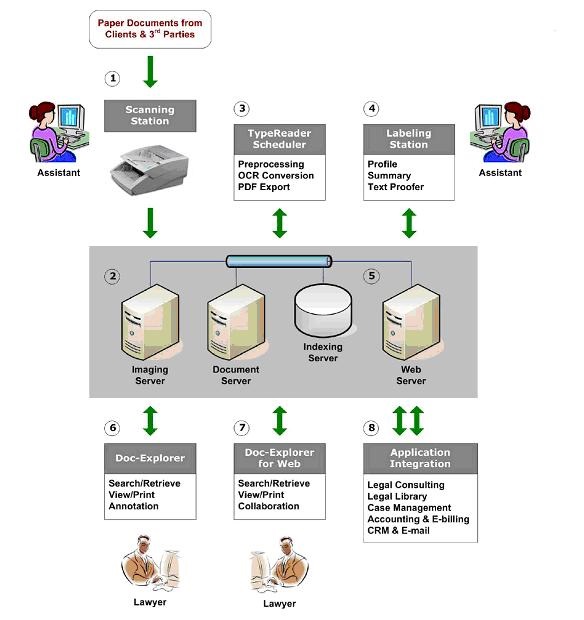
It focuses mostly on insurance documents, even if some of the documents cross themes and can be reused for other sectors.

Zelros uses other techniques that improve their OCR, on top of their documents recognition technology.
Ibm ocr tool software#
Zelrosĭefinitely the best OCR software that you could find for the insurance industry.

Here are the best OCR software that are likely to match the most of your expectations. Before signing up with an OCR software, be sure that, if needed, customer success teams will be able to help you in an efficient and quick way. It will enable the software to fit your needs and adapt to your context. To reach a good automation rate, continuous improvement is key. In addition, it has to offer monitoring features. It has to enable a feedback loop with people focussing on complex cases to accept or reject the automated analysis. To overview the flow of documents analyzed, you need a user interface to make sure that the automated extraction of data is correct. The API needs to be fit for volume and enable parallelization of operation so that it can be used on high concurrent volume.
Ibm ocr tool code#
It connects to your code in an efficient and easy way. API is the best way to fit into your IT environment. Horizontal OCR toolkits provided are usually good only on the first metric. the % of accurate reading of all the relevant fields in the document). % of accurate reading of all the characters in a field) and the document automation rate (i.e. % of accurate reading of each character), the field recognition (i.e. The three top metrics to evaluate the performance of an OCR software: the character recognition (i.e. A good OCR software has to be efficient in processing all the documents you need. A good OCR software needs to be first and foremost efficient for the documents you process in your industry. Many types of documents exist, bank documents, insurance documents, law documents, invoice documents and more. Here are the 5 key dimensions to help you pick the right OCR software. Some start-ups, experts in advanced AI, leverage OCR and deep learning to create very powerful tools to fully automate document management processes. Nevertheless, new players have emerged to deliver additional advanced features on top of this well-known technology. All big techs have an OCR toolkit for developers like Google Document AI, IBM Watson or Microsoft Azure just to name a few.

OCR software is well-known as a simple extraction from documents. While there were only a few solution providers 10 years ago, recent progresses in AI and Computer Vision enabled a new generation of software to appear. Today, OCR software is key to improve the customer experience in industries that are document intensive, like financial services. Nowadays, OCR softwares are flourishing, covering more and more use cases: recognition of the document type, extraction of key information or detection of fraudulent documents. Originally, OCR is a technique which, based on an optical process, allows a computer system to automatically read and store typed, printed or handwritten text without having to retype it. OCR is the acronym for Optical Character Recognition. “Optical Character Recognition, technology that analyse characters in an image of text and transform it in digital text” Remind me again, what’s OCR (Optical Character Recognition)?


 0 kommentar(er)
0 kommentar(er)
